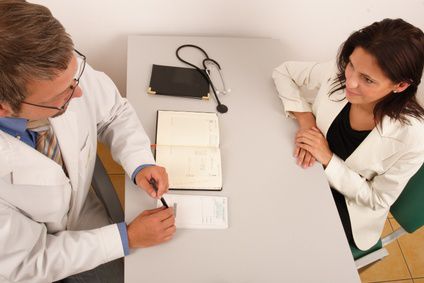-
 Spectrometry
Spectrometry
-
 Manganese
Manganese
-
 Alkaline
Alkaline
-
 Retinal detachment
Retinal detachment
-
 Nanometre
Nanometre
-
 Marl
Marl
-
 Alluvial deposit
Alluvial deposit
-
 Sea ice - First year average
Sea ice - First year average
-
 Evaporitic
Evaporitic
-
 Telescope
Telescope
-
 Eris
Eris
-
 Amylopectin
Amylopectin
-
 Geoid
Geoid
-
 Longitudinal chromatic aberration
Longitudinal chromatic aberration
-
 Typosquatting
Typosquatting
-
 Ibuprofen
Ibuprofen
-
 Algal film
Algal film
-
 Shenzhou
Shenzhou
-
 Hyoid
Hyoid
-
 Solar panel
Solar panel
-
 Transfection
Transfection
-
 Gray
Gray
-
 HSDPA
HSDPA
-
 Pneumococcus
Pneumococcus
-
 Gravitational assist
Gravitational assist
-
 Pituitary gland
Pituitary gland
-
 Astronautics
Astronautics
-
 Exciton
Exciton
-
 Centripetal force
Centripetal force
-
 Deoxyribose
Deoxyribose
Vaginal examination
The vaginal examination is used to investigate the female genital tract. It is a fundamental investigation in gynaecology and is painless in principle. The examination can be performed either by a doctor - a general practitioner, gynaecologist or obstetrician - or by a midwife.
Vaginal examination - the process
A vaginal investigation is used to diagnose an abnormal position or increase in size of the uterus. A mass can be easily detected by the practitioner's hand. The practitioner can also ensure that no ovarian cysts are present during the examination. This examination can also reveal an increase in volume or abnormal consistency of the cervix.
Vaginal examination - the procedure
The patient lies on her back on an examination table with her thighs and legs apart and her heels in stirrups. The examination is performed with the index and third finger, covered by a glove coated in a lubricant gel. Using his/her other hand, the practitioner palpates the abdomen which allows him/her to feel the genital organs.
Possible risks of vaginal examination
Obese patients are difficult to examine. As the abdominal wall is too thick, the hand palpating cannot "return" the bottom of the uterus correctly. If the vagina is atrophied the examination must only be performed with one finger. Finally, the investigation is avoided in virgins.
Sources:
- Pitié Salpêtrière Hospital, Paris;
- Marseilles Faculty of Medicine, accessed on 21 January 2011.
 The vaginal examination: a fundamental investigation. © endostock, Fotolia
The vaginal examination: a fundamental investigation. © endostock, Fotolia
Latest
Fill out my online form.



